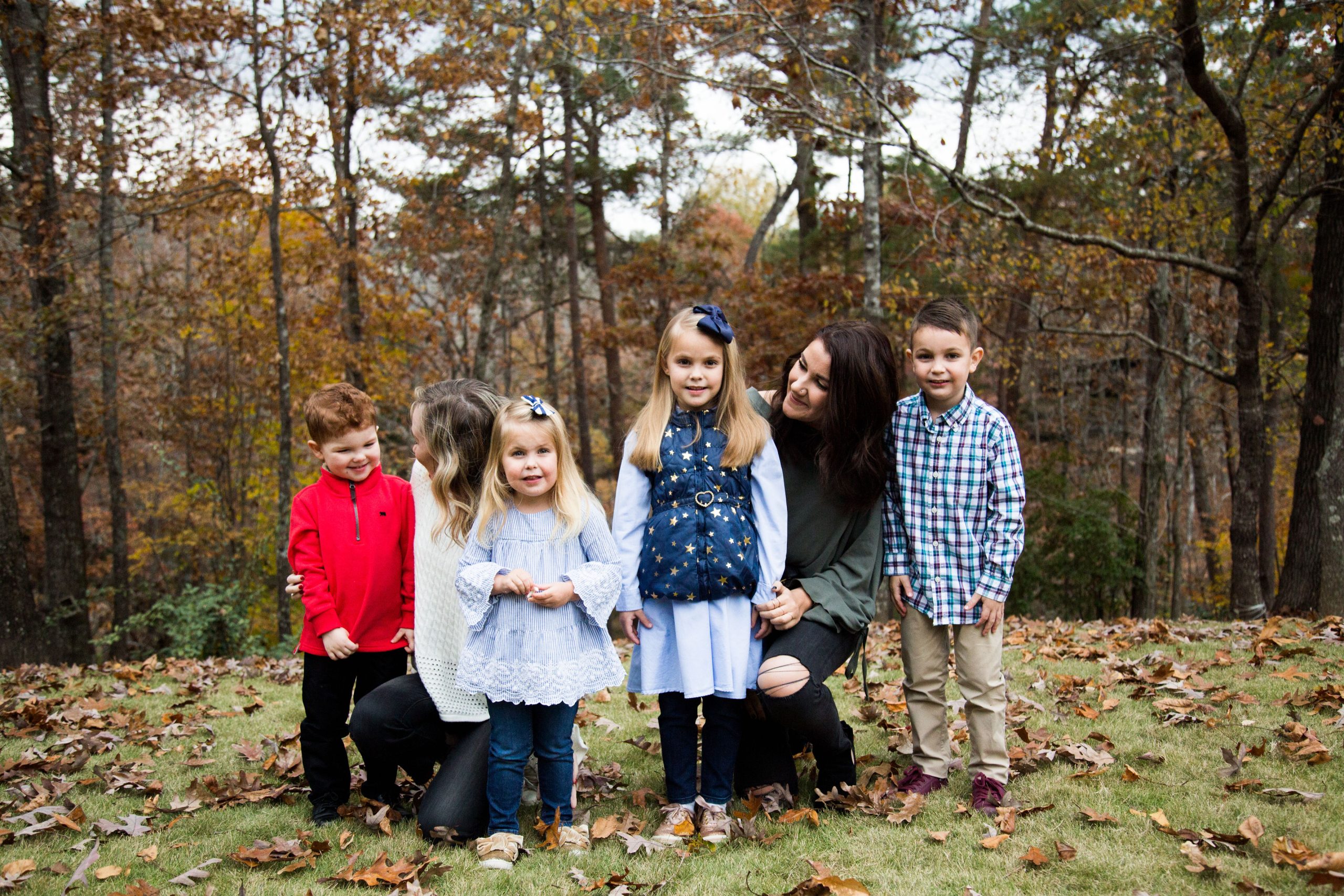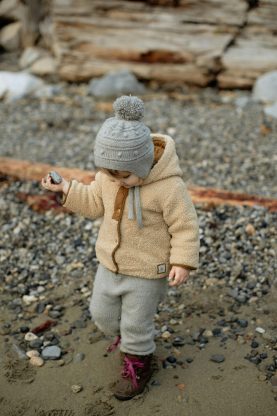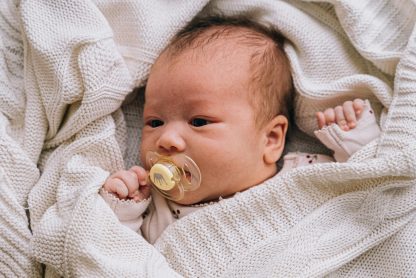Over the years, the role of babysitters has evolved from simply watching children to being responsible for their overall safety and well-being in the absence of their parents or guardians. One crucial aspect of this responsibility is ensuring that the home remains a safe environment, especially in the event of a fire emergency. With proper knowledge and understanding of fire and home safety guidelines, babysitters can play a vital role in preventing accidents and protecting the children they care for. This article aims to provide comprehensive guidelines and information on fire and home safety for babysitters.
Table of Contents
Fire Prevention and Preparedness
One of the primary responsibilities of a babysitter is to prevent fires in the home and be prepared for any fire emergencies that may arise. Babysitters must actively take measures to eliminate potential fire hazards and create a safe environment for the children under their care. Simple preventive actions such as never leaving the stove unattended, ensuring all candles are extinguished, and keeping flammable materials out of reach can significantly reduce the risk of fire. Additionally, babysitters should be aware of how to respond in the event of a fire emergency, including safely evacuating the children from the premises.
On-Demand Childcare in Your Neighborhood
Book a Sitter
Developing an Emergency Plan
To ensure the safety of children, babysitters must establish and familiarize themselves with an emergency plan specifically designed for fire incidents. The emergency plan should outline the steps to be followed in case of a fire, including the nearest exit routes, designated meeting places outside the house, and the process for calling emergency services. Moreover, babysitters should also know the location of fire extinguishers, fire alarms, and how to activate them if necessary. Regular drills and practicing these emergency procedures with the children can help everyone remain calm and react effectively during a real fire emergency.
Fire Safety Equipment
Being aware of the fire safety equipment within the home is crucial for babysitters. A functional smoke detector is the first line of defense in fire safety, and babysitters should regularly check its batteries and ensure its proper functioning. It is important to note that each level of the house should have a smoke detector installed. Additionally, babysitters should familiarize themselves with the location, usage, and types of fire extinguishers available in the house. They should learn how to operate the extinguishers and understand the different classes of fires they can be used on.

Identifying and Mitigating Fire Hazards
Understanding and being able to identify potential fire hazards is vital for ensuring a safe environment for children. Babysitters should conduct a thorough assessment of the home, identifying any fire risks and taking appropriate measures to mitigate them. This includes ensuring that electrical outlets are not overloaded, keeping flammable materials away from heat sources, and regularly checking cords and wires for damage. Babysitters should also be cautious when using space heaters and ensure they are placed at a safe distance from any flammable objects.
Storing chemicals and household cleaning products out of reach and in accordance with their labels is also important to prevent accidental fires.
Safe Practices and Instructing Children
Apart from being knowledgeable about fire safety themselves, babysitters must also effectively communicate and educate children about fire prevention and safety practices. This includes teaching them not to play with matches, lighters, or electrical outlets, as well as the importance of never going near a fire or hiding during a fire emergency. It is essential to emphasize the significance of remaining calm, evacuating the premises, and seeking help from a trusted adult or emergency services. By providing clear instructions, setting a good example, and engaging children in fire safety discussions, babysitters can empower them with important life-saving knowledge.
In conclusion, babysitters play a crucial role in ensuring the safety of children in fire emergencies. Their responsibilities go beyond supervising and providing care; babysitters must actively take measures to prevent fires, establish emergency plans, and educate children on fire safety practices. By following the guidelines outlined in this article, babysitters can create a safe environment, minimize fire risks, and effectively respond in the event of a fire emergency. Remember, every effort made towards fire and home safety can make a significant difference in protecting the lives of the children under your care.










